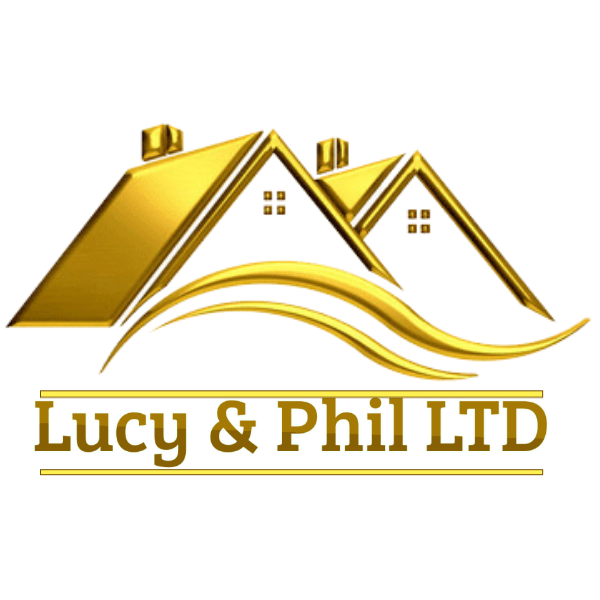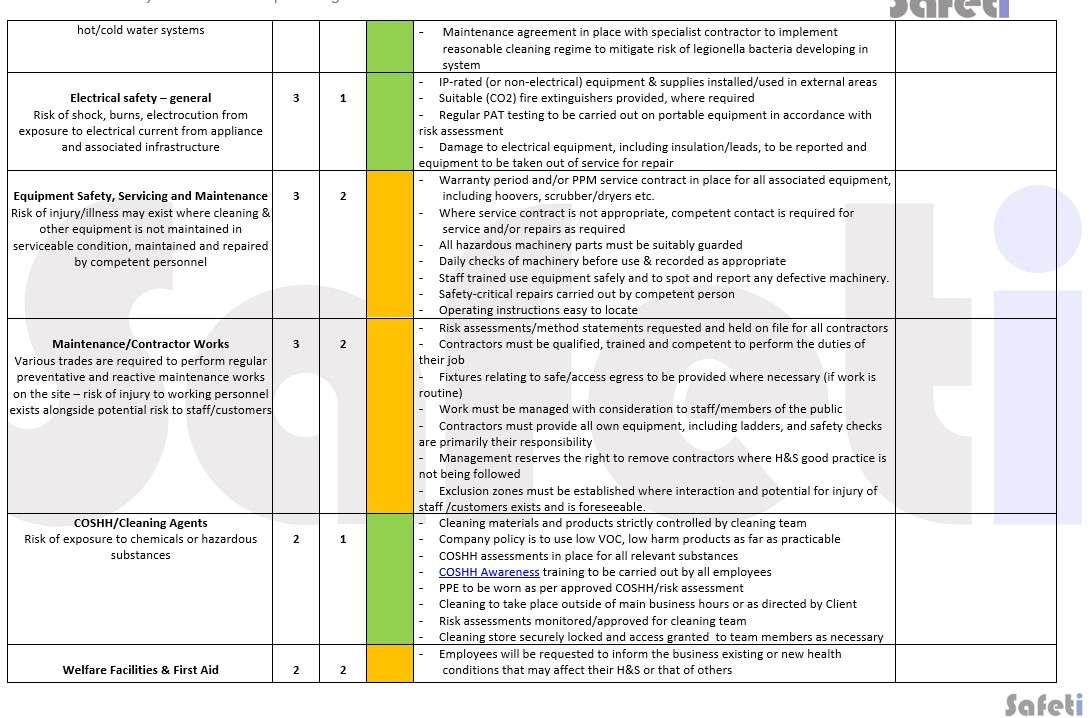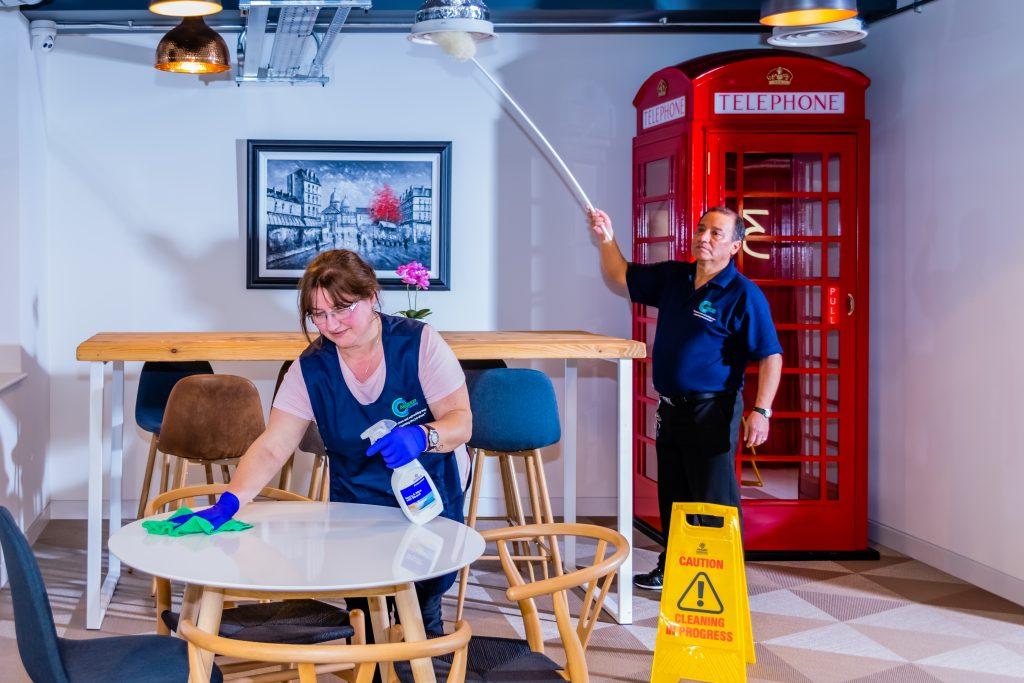
Before the first email is sent, a workday is quietly set in motion by polished surfaces, cleared bins, and air that feels fresh rather than forgotten. Office cleaning rarely makes the headlines, yet in workplaces across the UK-from shared studios to high-rise headquarters-it shapes first impressions, employee wellbeing, and the rhythm of a building that never truly sleeps.
Today’s office cleaning services sit at the intersection of hygiene standards, sustainability goals, and hybrid work patterns. Providers navigate everything from high-touch disinfection and out-of-hours schedules to waste segregation, eco-labelled products, and compliance with UK regulations. In cities like London, Manchester, Birmingham, Edinburgh, Cardiff, and Belfast, the sector spans routine daily cleans, periodic deep cleans, specialist services for carpets and hard floors, washroom hygiene, and responsive call-outs for the unexpected.
This article explores how the UK market works: what’s typically included, how pricing is structured, which accreditations and checks matter, and how to build service levels that align with occupancy and budgets. Whether you’re a facilities manager refining a contract or a business owner seeking reliable standards, the goal is simple-clarity on what good looks like, and how to achieve it without drama.
Table of Contents
- What UK Offices Should Expect from Professional Cleaning Services
- Compliance Essentials in Office Cleaning COSHH Risk Controls and Waste Duty of Care
- Pricing Clarity Scheduling Options and Realistic Budget Ranges by Site Size
- A Practical Selection Checklist KPIs SLAs Sustainability Credentials and Audit Routines
- To Wrap It Up
What UK Offices Should Expect from Professional Cleaning Services
Reliable, compliant and discreet delivery is the baseline: expect BICSc-trained teams, DBS-checked operatives for peace of mind, and full COSHH documentation with site-specific RAMS. Providers should work to agreed SLAs, use colour‑coded equipment to prevent cross‑contamination, and follow UK waste and recycling rules with clear chain‑of‑custody. Look for flexible scheduling (pre‑open, out‑of‑hours, or daytime porterage), digital checklists, and supervisor audits-plus transparent reporting on attendance, tasks completed, and quality scores.
The scope should blend daily presentation with planned periodic tasks: hygienic washrooms and kitchens, desk and touchpoint disinfection, IT-safe sanitising of phones and keyboards, hard-floor care, carpet maintenance, and internal glazing-alongside consumables management (paper, soap, sanitisers). Modern providers bring eco-certified products, low‑energy equipment, and measurable sustainability impacts, while offering rapid issue resolution, keyholding if required, and a single point of contact who adapts the plan as your headcount and workspace evolve.
- Accreditations: SafeContractor/CHAS, BICSc, clear insurance and risk assessments
- Health & Safety: COSHH controls, SDS on site, method statements, toolbox talks
- Quality control: scheduled inspections, KPI dashboards, photo-backed reports
- Sustainability: recycled liners, dosing systems, multi-stream recycling support
- Responsiveness: named account manager, emergency call-outs, holiday cover
| Area | Frequency | Focus |
|---|---|---|
| Reception | Daily | Floors, glass, touchpoints |
| Workstations | Daily | Desks, phones, keyboards |
| Washrooms | Daily + checks | Disinfection, consumables |
| Kitchens | Daily | Surfaces, sinks, appliances |
| Carpets | Weekly/Quarterly | Vacuuming, periodic deep clean |
| Windows | Monthly/Quarterly | Internal glass and frames |
Compliance Essentials in Office Cleaning COSHH Risk Controls and Waste Duty of Care
Meet the bar set by UK regulators by treating cleaning chemicals like any other controlled substance: catalogue every product, hold up‑to‑date Safety Data Sheets, and complete task‑specific COSHH assessments that cover dilution, decanting, storage, and disposal. Use closed‑loop dosing or calibrated pumps, label any secondary containers with CLP pictograms, and keep chemicals in a ventilated, lockable cupboard away from heat and food prep areas. Equip teams with fit‑for‑purpose PPE (e.g., nitrile gloves, goggles for decanting, RPE for misting), deliver competency‑based training and toolbox talks, and build in health surveillance for wet work/dermatitis. Reduce aerosolisation by opting for microfiber and pre‑impregnated systems, ventilate when spraying, and keep WELs (EH40) in mind where relevant. Prepare for incidents with spill kits, eyewash, and a simple emergency card, and never spray near ignition sources in line with DSEAR principles.
- Labelling & segregation: Keep original labels intact; never mix brands/chemistries; separate acids from chlorinated products.
- Dilution control: Use color‑coded dosing bottles or wall units; verify ratios during monthly audits.
- Storage & access: Lock COSHH cupboards; store below eye level; maintain ventilation and secondary containment.
- PPE & training: Record inductions, refreshers, and fit checks; replace damaged PPE immediately.
- Drainage discipline: Dispose mop water to foul sewer, never to surface drains; protect floor drains during chemical handling.
Turning to disposal, comply with the Waste Duty of Care by classifying and segregating waste streams at source: general recyclables, offensive hygiene waste, WEEE (e.g., kettles, vacuums), batteries, toner, and any hazardous residues or empty containers that still carry risk. Use licensed carriers (verify registration with the Environment Agency/SEPA/NIEA), keep Waste Transfer Notes for two years and Hazardous Consignment Notes for three, and ensure bins are lidded, labelled, and stored securely. Assign EWC/LoW codes, prevent leaks with bunded storage where liquid residues are present, decontaminate or securely cap empties, and maintain a clean chain of custody. Keep simple site maps showing foul vs surface drains, capture near‑misses, and review routes and records during periodic audits.
| Area | Must‑do | Records |
|---|---|---|
| COSHH | Current SDS + task risk assessments | Keep latest; archive until superseded |
| Dilution | Closed‑loop or measured dosing | Monthly checks log |
| PPE & Health | Gloves, eye protection, dermatitis screening | Training + surveillance records |
| Waste (Non‑haz) | Segregate; use EWC codes | WTNs retained 2 years |
| Waste (Hazardous) | Licensed carrier; sealed containers | Consignment notes 3 years |
Pricing Clarity Scheduling Options and Realistic Budget Ranges by Site Size
Clear, confidence‑building quotes start with simple choices: how often you want us, when you want us, and what your space truly needs. Whether you run a boutique studio in Shoreditch or a multi‑floor HQ in Manchester, we align service frequency and task lists to footfall, risk areas, and brand standards-keeping costs transparent, with no hidden extras, materials included as agreed, and flexible terms for scale‑ups or seasonal changes. Prefer out‑of‑hours cleans, eco detergents, or secure-access operatives vetted to BS7858? We price those options up‑front so you can plan with certainty.
- Frequencies: Daily, 3x weekly, Weekly, or Hybrid (zoned tasks on rotation)
- Timing: Early morning, Evenings, Overnight, Weekends/Bank Holidays by arrangement
- Billing style: Fixed monthly retainer or hours‑based with agreed caps
- Add‑ons: Periodic deep cleans, floor care, washroom consumables, window/internal glass
| Site size | Typical schedule | Hrs/week | Est. weekly | Est. monthly |
|---|---|---|---|---|
| Micro ≤1,000 sq ft | 1-3 visits | 3-6 | £60-£120 | £260-£520 |
| Small 1-5k sq ft | 2-5 visits | 6-15 | £90-£220 | £390-£950 |
| Medium 5-20k sq ft | Daily | 10-30 | £220-£650 | £950-£2,800 |
| Large 20-50k sq ft | Daily multi‑team | 40-80 | £650-£1,600 | £2,800-£6,900 |
| Enterprise 50k+ sq ft | On‑site crew | 100+ | £1,600-£4,000+ | £6,900-£17,400+ |
Figures reflect standard UK office use and include routine tasks (desks, bins, kitchens, washrooms, touchpoints). Your final number flexes with variables like density (open‑plan vs. cellular), flooring (carpet vs. hard floors), traffic and hygiene expectations, security onboarding, and consumables supply. To meet a target budget, we can adjust frequency by zone, rotate deep‑clean items, or bundle services-maintaining quality while protecting the bottom line.
A Practical Selection Checklist KPIs SLAs Sustainability Credentials and Audit Routines
Turn supplier promises into measurable outcomes you can monitor. Ask bidders to map tasks to business-critical results and show exactly how they’ll track, report, and improve performance across your UK sites. Prioritise transparent data capture and clear escalation paths so you’re never guessing about service levels or accountability.
- Performance metrics: cleanliness score, first-time fix rate, reactive response time, complaint resolution time, consumable uptime.
- SLA essentials: scope matrix, opening-hours coverage, emergency callouts, escalation path, absence cover, TUPE readiness, GDPR compliance.
- Evidence & reporting: QR-tagged tasks, time-stamped sign-offs, geofenced clock-ins, photo proofs, monthly summaries.
Probe environmental credentials and the cadence of oversight that keeps quality on track without micromanagement. A strong partner will bring verified standards, transparent tooling, and predictable reviews that turn hygiene, safety, and sustainability into repeatable wins.
- Sustainability credentials: ISO 14001, eco-label concentrates with dosing, microfiber reuse, EV/ULEZ-compliant fleet, waste segregation logs, Living Wage commitment.
- Audit routines: monthly joint site walks, quarterly business reviews, surprise spot checks, ATP hygiene sampling, live dashboards, continuous-improvement actions.
| KPI | Target | Evidence | Review |
|---|---|---|---|
| Cleanliness score | ≥ 95% | App audits + photos | Weekly |
| Reactive response | < 60 mins | Ticket time stamps | Weekly |
| Complaint resolution | < 1 business day | Closed-loop logs | Monthly |
| Consumable stockouts | 0 per month | Replenishment scans | Monthly |
| Attendance compliance | ≥ 98% | Geofenced clock-ins | Monthly |
| Touchpoint hygiene | Low ATP | Swab readings | Quarterly |
To Wrap It Up
As the last mugs find their way back to the kitchen shelf and monitors dim across the floor, a well-planned cleaning routine quietly resets the stage for tomorrow. The UK’s office cleaning landscape is broad and adaptable-covering everything from daily maintenance to specialist deep cleans, from sustainability credentials to rigorous compliance-so there’s room to match pace with any workplace rhythm.
Whether you’re in a listed building in York or a glass-walled hub in Shoreditch, the essentials don’t change: clear scope, reliable standards, and transparent communication. Choose a service that fits your schedule, respects your space, and keeps pace with changing needs, and the benefits tend to speak for themselves-fewer distractions, safer surfaces, and a workplace that feels ready.
In the end, cleaning is the quiet infrastructure of productivity. When it’s done well, no one stops to notice; they simply get on with their best work.





